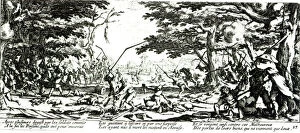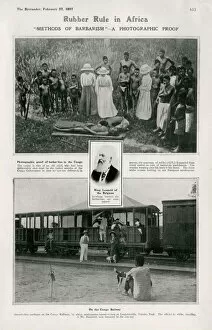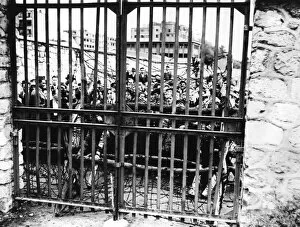Atrocity Collection (#2)
"Atrocity
For sale as Licensed Images
Choose your image, Select your licence and Download the media
"Atrocity: A Grim Reminder of Humanity's Darkest Moments" The haunting "Remember Belgium" poster serves as a chilling reminder of the atrocities witnessed during World War I. As we reflect on history, we cannot forget the devastating events that unfolded across Europe. In Sweden, the USSR's bombing left scars etched into the nation's memory, forever reminding us of the horrors inflicted upon innocent civilians. Similarly, Greece's war memorial in Distomo stands as a solemn tribute to those who fell victim to Nazi brutality during World War II. Centuries before these conflicts, Count Tilly led his troops at the Siege of Magdeburg in 1631. The engraving depicting this event captures the ruthless nature of warfare and its impact on civilian populations. World War I was marred by numerous acts of cruelty. German mistreatment of prisoners is vividly portrayed in a color lithograph showing captured Russian soldiers branded with red hot irons. Equally disturbing is another lithograph illustrating Turkish massacres against Armenians in 1915. German soldiers executing civilians with machine guns in Liege showcases yet another grim chapter from World War I. These images serve as stark reminders that even amidst conflict, humanity must strive for compassion and empathy. Ezechiel du Mas, Comte de Melac, depicted as a French soldier through an engraving, represents an individual whose actions perpetuated violence and suffering. It reminds us that individuals can contribute to or prevent atrocities based on their choices. Edith Cavell's grave at Norwich Cathedral stands as a poignant symbol honoring her sacrifice during World War I while highlighting the importance of remembering those who fought against injustice and oppression. Even further back in history lies evidence of atrocities committed against Irish Protestants by James II and Comte d'Avaux in 1689. This engraving serves as a somber testament to sectarian violence and its lasting consequences.









